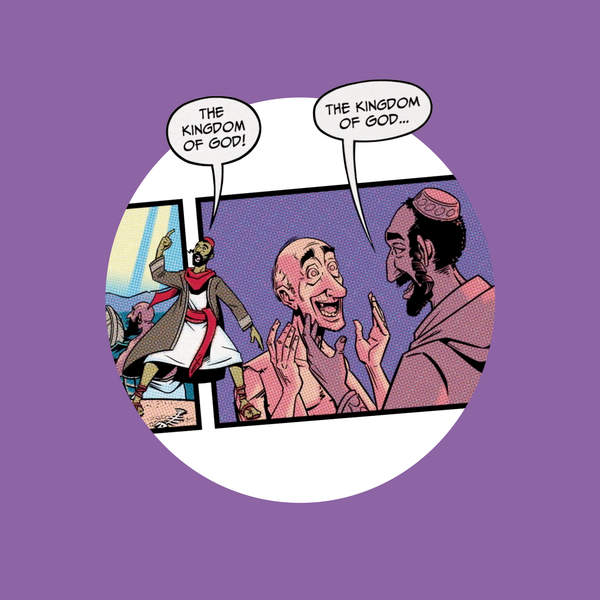
What's in Your Bible?
In this episode, Tim and Jon give an overview of the entire Bible with a focus on the Hebrew Scriptures.
Episode Chapters
Show Notes
In this episode, Tim and Jon give an overview of the entire Bible with a focus on the Hebrew Scriptures. They also spend some time going deep into the structure of the book from beginning to end. The Bible, like any other book, experienced human revision. The guys talk about what it means for the Bible to be a work of literary genius created by humans and also the divine word of God. There’s a lot to unpack here—let’s go. In the first part of the episode (01:25-54:15), the guys talk about the structure of the Old Testament. In its earliest form, the Hebrew Bible is broken up into three sections called the Tanak. This is the structure that Jesus would’ve been familiar with, and understanding this helps us to better interpret the way Jesus talked about and referenced Scripture. In the last part of the episode (54:45-1:10:51), the guys talk about the New Testament. The New Testament is structured much differently than the Old Testament. Some of the books were meant to be taught in a church setting, and some were targeted at a specific group of people. The guys will explain why it’s important to understand the New Testament in this light. Video: This episode is designed to accompany our video called What Is the Bible? You can view it on our YouTube channel here. Book References: Complete Jewish Bible: An English Version of the Tanakh (Old Testament) and B'Rit Hadashah (New Testament) by David H. Stern Scripture References: Jeremiah 37
Scripture References
Referenced Resources
Interested in learning more? Check out Tim's library for a list of recommended books and other resources.
Get the BibleProject app for access to our entire library of resources in one place.
Show Credits
Defender Instrumental by Rosasharn Music; Blue Skies by Unwritten Stories; Flooded Meadows by Unwritten Stories